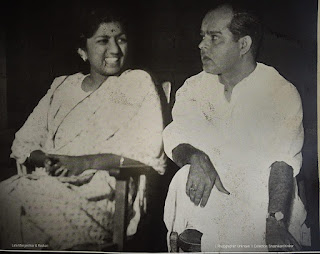Lata Manageshkar - The Queen : Series Links

Here are the links to all parts of the 'Lata Mangeshkar - The Queen' series Lata Mangeshkar - The Queen : A brief prelude Part 1: Milieu of the 40s Part 2: Start of partnerships Part 3: Lata - Anil Biswas Part 4: Lata - Naushad Part 5: Years of consolidation - early 50s Part 6: Lata - Sajjad Hussain Part 7: Lata - C Ramachandra Part 8: Lata - Shankar Jaikishen Part 9: Late 50s Part 10: Early 60s - Undisputed queen Part 11: Lata - S D Burman Part 12: Lata - Madanmohan - Part 1 Part 13: Lata - Madanmohan - Part 2 Part 14: Lata - Salil Chaudhary Part 15: Lata - Roshan and late 60s Part 16: Lata - Changing landscape of the 70s Part 17: Lata - Pancham (R D Burman) Part 18: Lata - 1980s and 90s Part 19: Lata - Mukesh Part 20: Lata - Rafi Part 21 : Lata - Kishore Part 22: Conclusion - Lata's legacy







